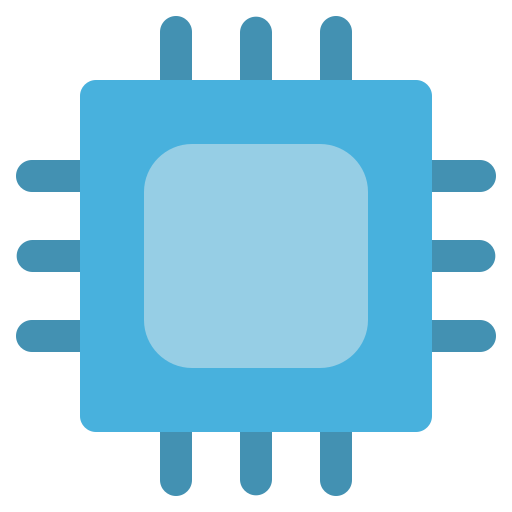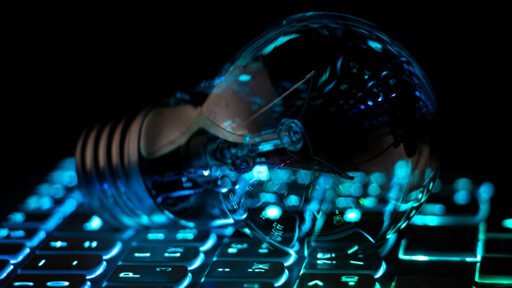- cross-posted to:
- [email protected]
- cross-posted to:
- [email protected]
The BBC study suggests that, “given that most devices still use LCDs, where power consumption may not be reduced by displaying darker colours” (British spelling theirs), broad claims about energy savings may not be appropriately scaled.
Yeah, no shit.
Right?
Using LCDs 🤦🏼. Gotta wonder the purpose of this story, and where they’re going next.
I hate dark mode, it seems there is always enough non “compatible” stuff to blind you. Like sometimes dark mode works, except for the parameters page that burns your eyes out without a warning. Or 1 soft in dark, the other in white, ir darkmode but the surroubding panels arr light?
/Rant off, time to go to bed
I’ve been using “dark mode” since the early 2010s. When the concept gained a measure of acceptance, there were many edge cases. Nowadays, almost every app has dark mode in-built and extensions allow easy, transparent dark mode for almost all websites.
Same and thats my experience as well. Darkreader has been my goto extension for years. Is there any other you use for the browser?
I use Darkreader as well, haven’t really felt the need for using anything else. It’s simple but very powerful (and with very few exceptions and errors in my experience).
Contrast is ofen really bad, specially with low brightness, pretty nice otherwise
Surprised they went with such a small sample (n=10), you would think if you’re spending all the time and money to design the study, you would try and get at least N=50.
Their approach also doesn’t take in account that many smartphone OLEDs have automatic brightness.
This issue isn’t automatic brightness, it’s OLED, which can selectively light portions of the screen, vs LCD, which has the whole screen at the same brightness all the time and blocks light.
A LCD with a global light source won’t benefit from dark mod. A LCD with more localized lighting will benefit some. An OLED will benefit the most.





